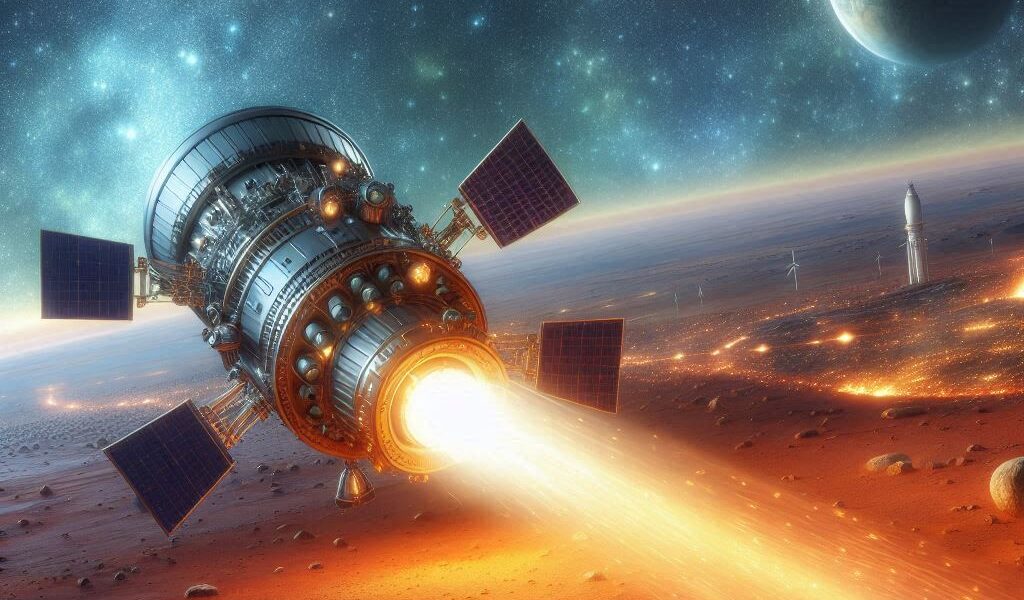Thrust Without the Need for Traditional Fuel That Defies Laws of Physics
Prof. Aécio D’Silva, Ph.D
AquaUniversity
Asymmetrical electric fields and Electrostatics propulsion play a crucial role in propellantless propulsion systems by leveraging electric fields to generate thrust without the need for traditional fuel. Here’s a detailed explanation:
The Principles of Asymmetrical Electric Fields and Electrostatic Propulsions
Asymmetrical electric fields and Electrostatic propellantless propulsions systems use electric fields to create a force that propels a spacecraft. The basic idea is to generate a net force by manipulating charged particles or fields. This can be achieved through various methods, such as using asymmetrical electric fields and electrostatics pressure to produce propellantless thrust.
What Are Asymmetrical Electric Fields?
Asymmetrical electric fields, also known as asymmetric rectified electric fields (AREFs), occur when an electric field is not uniform in all directions. This can happen in various scenarios, such as when different types of ions in a liquid have unequal mobilities, or when an oscillating voltage is applied across an electrolyte with blocking electrodes.
In these fields, the electric force on charged particles can vary depending on their position and the direction of the field. This can lead to interesting effects, such as particles following curved paths or the creation of steady electric fields from oscillating potentials.
What is electrostatic pressure propulsion?
Electrostatic pressure propulsion is an advanced concept in spacecraft propulsion that utilizes electrostatic fields to generate thrust. This method creates a voltage difference across electrically conductive surfaces, resulting in an electric field. The electric field then produces an electrostatic pressure force on the surface. If these forces are asymmetrical, they can generate a net force that propels the spacecraft.
This type of propulsion is still largely experimental but holds promises for efficient, propellant-less space travel. It could potentially enable high-speed travel within our solar system, significantly reducing travel times to destinations like Mars.



